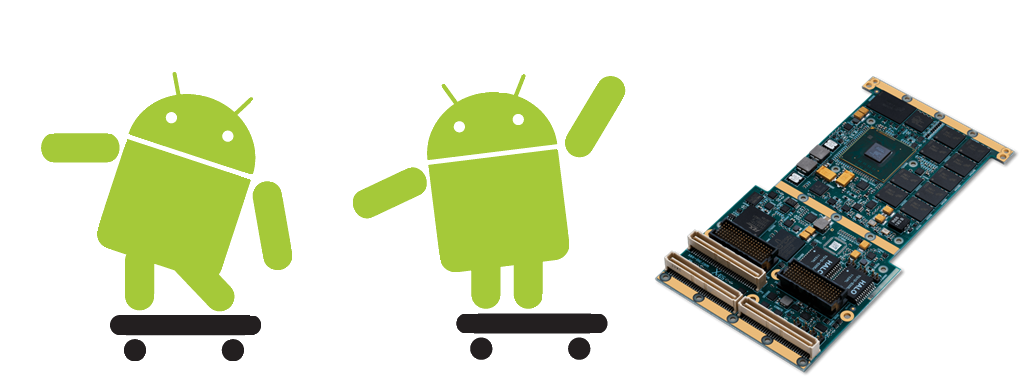Today, Android is the most widely used smartphone operating system, almost seen as a de facto standard by millennials as well as the older generation of smartphone users. The biggest reason behind Android’s popularity is its ability to crystallize both native as well as plug-and-play Apps into a single, boundary-less ecosystem giving users the benefit of unlimited scalability on their device. With a continuous spree of innovation by developers, the rapid evolution of Android technology lets users stay up-to-date with more powerful and differentiated applications.
It was only a matter of time before Android operating system made a logical jump to industrial applications instead of being confined to smartphone users alone. Owing to its versatility, ease of use and performance, Android’s next-generation avatar will be deployed across aerospace, industrial automation and automotive applications. One way this goal can be achieved is through porting of Android operating systems on PowerPC.

First created by Apple, IBM and Motorola alliance, PowerPC is being ubiquitously used across a wide range of computing and industrial applications, and even the Mars Rover, Curiosity. There are several reasons why PowerPC is seen as best suited for a rugged environment:
- PowerPC supports high performance computing which is required for industrial applications as there is a high volume of data flow through different sensors.
- The robustness of design to handle any level of exposure is what makes PowerPC widely suitable for hazardous industrial applications.
- Most PowerPC-enabled devices nowadays come with a certification for functional safety.
- PowerPC supports high temperature ranges which can be used for fan-less design making it a perfect player for industrial applications.
- Backward compatibility, i.e. support for legacy software is a major reason why PowerPC is favored over other architecture.
As Android is gaining adoption in the industrial segment, Android on PowerPC proves itself as a valuable proposition. Android on PowerPC architecture can offer the following benefits to industries varying from aerospace to embedded systems.
- Since millennials are already familiar with Android OS and programming, the cost to train industrial apprentices in using Android will be drastically low.
- Combined with Power Architecture, reduced energy requirements and heat management, Android on PowerPC can be the most effective way to save energy in the long term.
- Android design provides better power management capabilities while reducing the consumption of energy. Android requires less energy footprint as it is designed for smaller power architecture demo systems where an SD card is enough to run the whole device.
Android Platform – Android Open Source Project (AOSP) typically supports LITTLE ENDIAN architecture with prebuilt toolchains for ARM, MIPS and x86. Currently, Google does not support PowerPC architecture, with native mode in BIG ENDIAN, in AOSP. Considering all the above given advantages offered, porting Android on PowerPC architecture makes a compelling business case that should be explored further.
eInfochips has recently ported Android on PowerPC successfully. Read our white paper to find out more.












